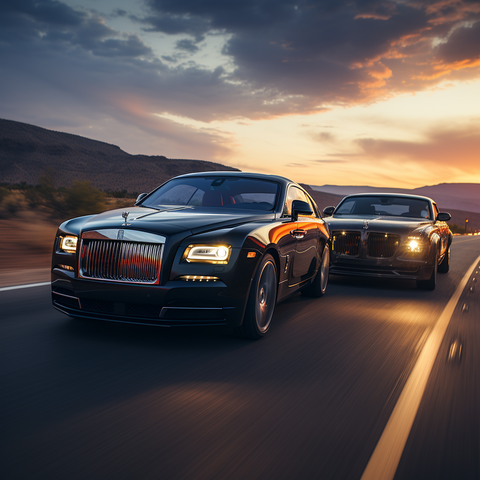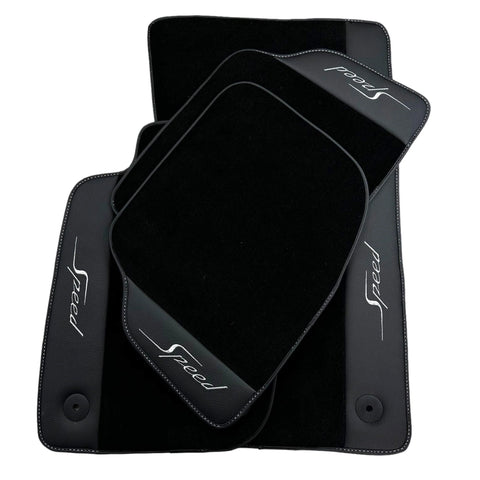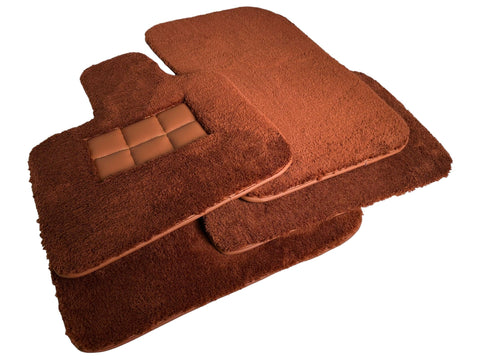Volkswagen's acquisition of Rolls-Royce and Bentley: the 1998 deal that rewired luxury motoring
Every industry has that one boardroom plot twist you end up telling friends about over coffee, or in my case, over the hood of a Continental GT at a Sunday meet. For the luxury car world, it was Volkswagen's acquisition of Rolls-Royce and Bentley in 1998. I remember the newsroom buzz—half of us thought VW had just pulled off the heist of the century; the other half, honestly, weren’t sure what on earth they’d actually bought. The answers turned out to be gloriously complicated—and hugely important for the cars we admire (and occasionally baby) today.

Why Volkswagen's acquisition of Rolls-Royce and Bentley mattered
The headline number was big: around £430 million (roughly $660 million at the time). But it wasn’t just about money. It was about legacy, facilities, and a very British identity being split, reassembled, and future-proofed. I’ve walked Crewe’s floors—the craftsmanship there could hush the loudest supercar showroom. That place, and the people in it, were central to this saga.
Key facts about Volkswagen's acquisition of Rolls-Royce and Bentley
- The purchase price: Volkswagen paid approximately £430 million to buy Rolls-Royce Motor Cars from Vickers, which included the Crewe factory and the Bentley brand.
- Heritage in the balance: Rolls-Royce and Bentley had been the gold standard for hand-built luxury since the early 1900s. The world wanted them modernized, not sanitized.
- Crewe stays Crewe: VW kept the storied Crewe manufacturing hub in England—where Bentleys are still lovingly stitched, veneered, and assembled.
- That famous name hitch: VW didn’t get the Rolls-Royce name and logo. Those were owned by Rolls-Royce plc and later licensed to BMW, which meant two giants had to shake hands and figure out who built what, where, and under which badge.
Did you know?
- Between 1998 and 2002, Rolls-Royce cars were built at VW-owned Crewe using BMW engines.
- The Rolls-Royce Silver Seraph (1998–2002) ran BMW’s 5.4-liter V12—silky smooth, quiet enough to hear your kids argue in the back.
- From 2003 onward, BMW took over new Rolls-Royce production in Goodwood, while VW settled in as the proud custodian of Bentley in Crewe.
The fallout from Volkswagen's acquisition of Rolls-Royce and Bentley
Who got what after the dust settled
| Asset | End owner after 2003 | Notes |
|---|---|---|
| Bentley brand | Volkswagen Group | Built in Crewe; engineering investment transformed the lineup. |
| Crewe factory | Volkswagen Group | Home of Bentley craftsmanship and W12 lore. |
| Rolls-Royce brand name and logo | BMW | Licensed from Rolls-Royce plc; production moved to Goodwood. |
| Spirit of Ecstasy & grille design | Used by BMW for Rolls-Royce from 2003 | Rights initially sat with the company VW bought; later aligned with BMW’s Rolls-Royce brand. |
Rolls-Royce under new stewardship
When BMW took the Rolls-Royce name and the double-R badge, the transitional years got… intricate. VW controlled the factory and physical assets; BMW had the brand. For a short spell, BMW supplied engines and know-how to Crewe while it set up Goodwood. The result? A clean-sheet Rolls-Royce rebirth in 2003, complete with the Phantom—impossibly serene, gliding like it had its own microclimate.
Bentley’s renaissance: from gentleman’s club to grand tourer rock star
Under VW, Bentley surged. Investment poured into Crewe, and by 2003 the Continental GT arrived—a 6.0-liter twin-turbo W12 with around 552 hp and 479 lb-ft, good for 0–60 mph in under 5 seconds and a near-200 mph top speed. I still remember the first time I pointed one down a wet B-road—like strapping on rocket-powered slippers. A few early owners told me the infotainment felt a generation behind, but when the drivetrain is that effortless, you forgive a clunky menu or two.
Side tip
If you’re shopping an early Continental GT, check service history for W12 cooling system updates and air suspension maintenance. These cars are brilliant cross-country companions—the kind that turn a Friday sprint to the coast into an event.
How Volkswagen's acquisition of Rolls-Royce and Bentley reshaped the showroom
- Clear brand identities: Rolls-Royce became ultra-lux, ultra-quiet; Bentley leaned into performance luxury with British charm.
- New platforms, modern tech: Crewe got retooled, Goodwood was purpose-built, and both brands sharpened quality.
- Broader appeal: The Continental GT brought younger buyers to Bentley without scaring off the old guard.
Elevating the Bentley experience every day
One thing I’ve learned living with luxury cars (and the weather they endure): small details matter. The right accessories keep a car feeling special long after the showroom glow fades. That’s where a properly made floor mat earns its keep—especially in a Bentley. The fit, the stitching, the way it sits flat and doesn’t skate around under your brogues—these aren’t little things when you use the car.

Why I recommend AutoWin floor mats for Bentley owners
- Custom fit: Designed for specific Bentley models, covering the footwells edge-to-edge for proper protection.
- Premium materials: Durable, upscale finishes that match the cabin’s vibe rather than cheapen it.
- Looks that belong: Classic or contemporary styles to suit your interior, from Flying Spur formality to Continental GT flair.
- Protect your investment: Guards against grit, coffee, and the occasional muddy-corgi incident.
Same goes if you’re in a Rolls—keep it immaculate and cosseting with the right pieces.

The bottom line on Volkswagen's acquisition of Rolls-Royce and Bentley
Volkswagen's acquisition of Rolls-Royce and Bentley in 1998 was messy on paper and masterful in outcome. BMW rightfully shaped a new era of Rolls-Royce—quiet, majestic, and modern. VW nurtured Bentley into the grand touring powerhouse we know today. And for owners, the payoff is daily: cars that feel special not just at 120 mph on an empty autobahn, but also on a Tuesday school run. Keep them looking and feeling right with the details that matter—exact-fit accessories from folks who care, like AutoWin.
FAQ
Who owns Bentley today?
Volkswagen Group owns Bentley, building cars at the Crewe factory in England.
Who owns Rolls-Royce Motor Cars today?
BMW owns Rolls-Royce Motor Cars, with production based in Goodwood, UK.
Why didn’t VW get the Rolls-Royce name?
The Rolls-Royce name and logo were owned by Rolls-Royce plc (the aerospace company), which licensed them to BMW. VW bought the carmaking business and assets but not the trademark.
What changed at Crewe after 1998?
Heavy investment in manufacturing and engineering. The Continental GT (from 2003) showcased the transformation with its W12 power and modern platforms.
What’s a smart accessory upgrade for a Bentley or Rolls?
Quality, model-specific floor mats. They protect your cabin and keep the luxury vibe intact—check AutoWin for tailored options.























